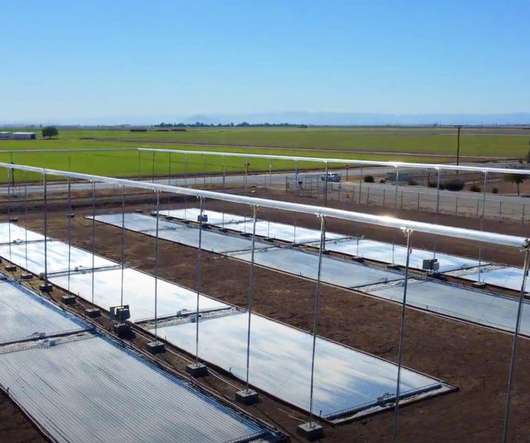U Waterloo team shows four-electron conversion for Li-O2 batteries for high energy density; inorganic molten salt electrolyte, high temperature
Green Car Congress
AUGUST 26, 2018
Chemists from the University of Waterloo have successfully resolved two of the most challenging issues surrounding lithium-oxygen batteries, and in the process created a working battery with near 100% coulombic efficiency. Thermodynamics and configuration of the Li-O 2 cell. (A) —Linda Nazar. Resources. 361, Issue 6404, pp.


















Let's personalize your content